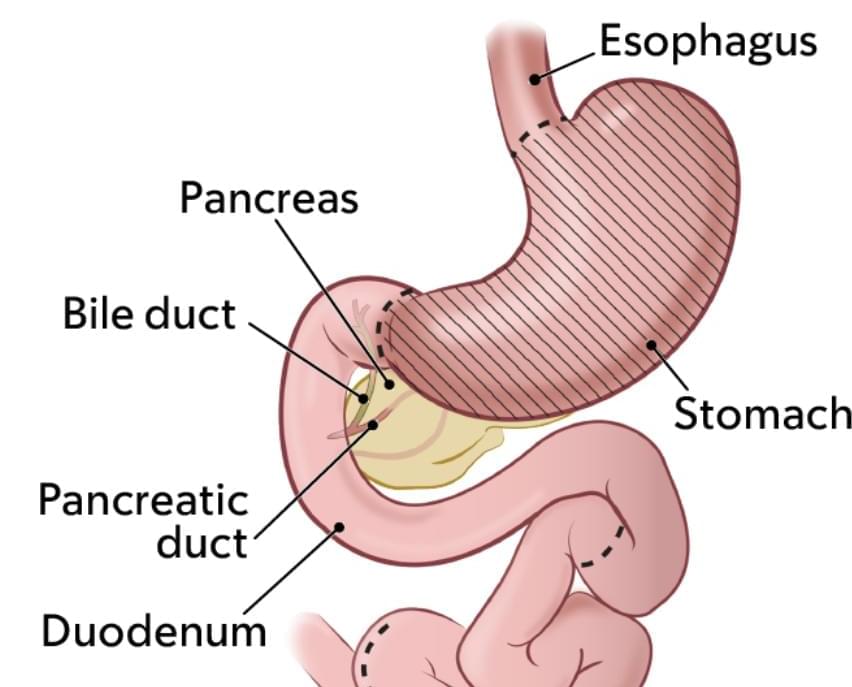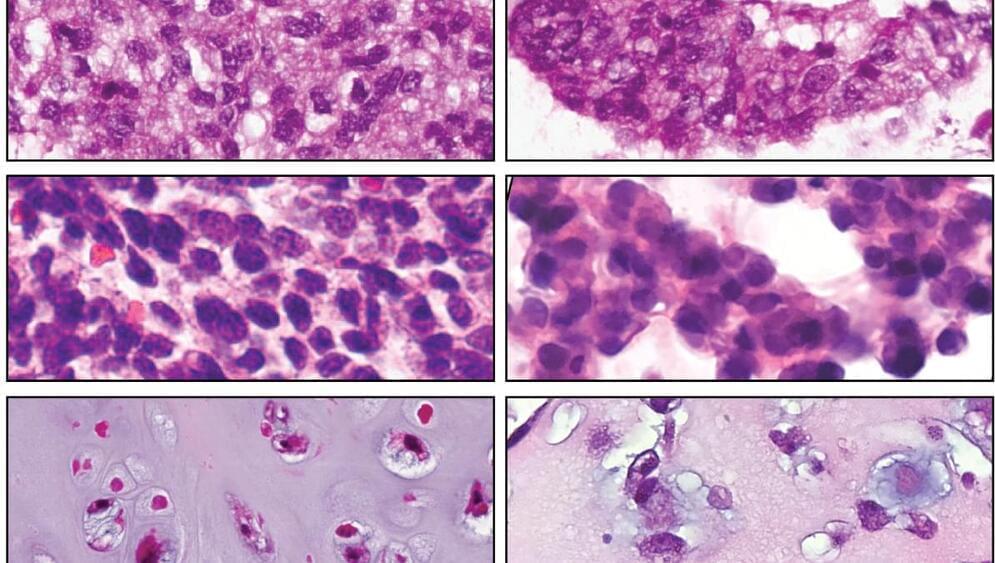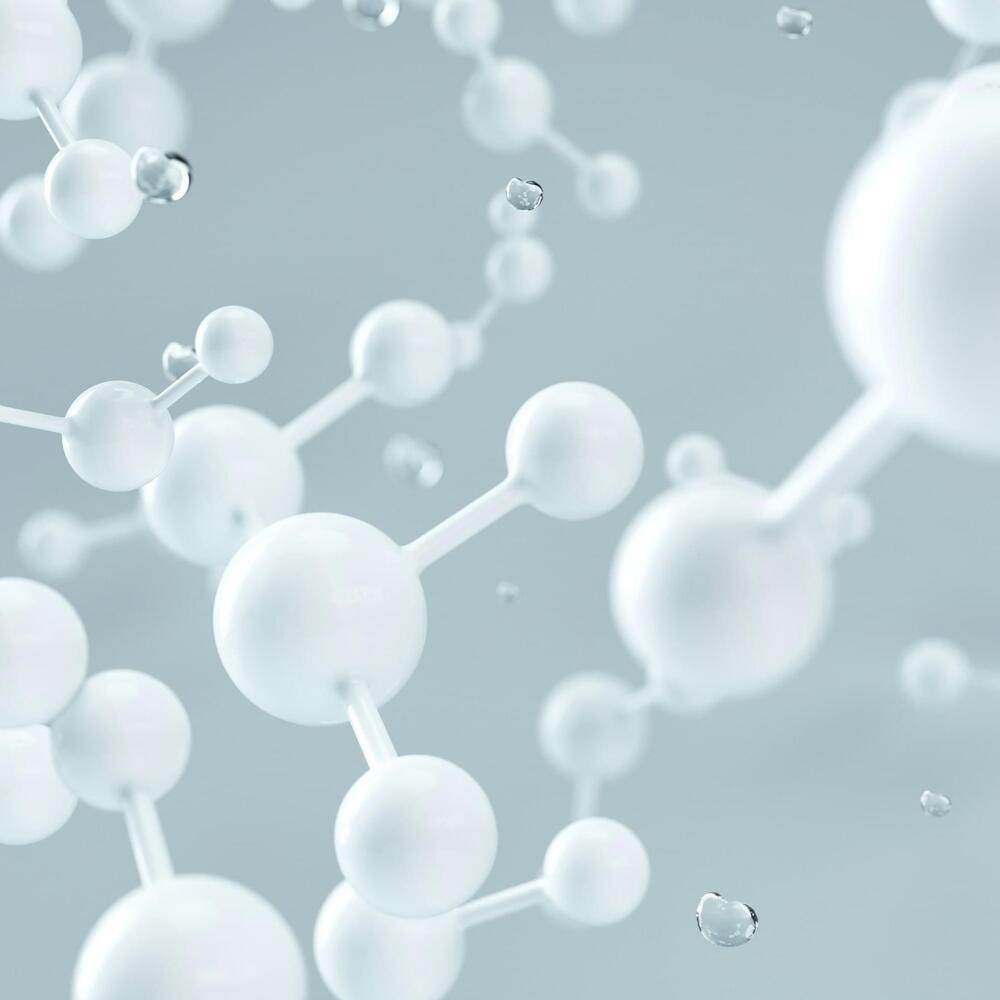Link :
Imagine your lungs, those essential organs responsible for getting oxygen into your blood, suddenly tasked with a new job: making blood itself. It sounds almost unbelievable, right? For centuries, we’ve been taught that bone marrow is the powerhouse of blood production. Yet, a groundbreaking discovery has just turned that conventional wisdom upside down.
Researchers at the University of California, San Francisco, have found that our lungs do far more than help us breathe—they’re also busy creating millions of platelets every hour, playing an unexpected and crucial role in our blood supply. This discovery not only challenges what we thought we knew about the body but also opens the door to new possibilities in understanding blood production and its implications for human health.
For centuries, the bone marrow has been recognized as the cornerstone of blood production. This soft, spongy tissue located within the cavities of our bones serves as a bustling factory for manufacturing the essential components of blood. It produces red blood cells, which carry oxygen to tissues; white blood cells, the immune system’s defenders against infections; and platelets, the fragments that form clots to prevent bleeding. These vital elements work together to sustain life, ensuring oxygen transport, immune defense, and wound repair. This process, called hematopoiesis, has been considered the exclusive domain of bone marrow, a belief deeply ingrained in medical science.








